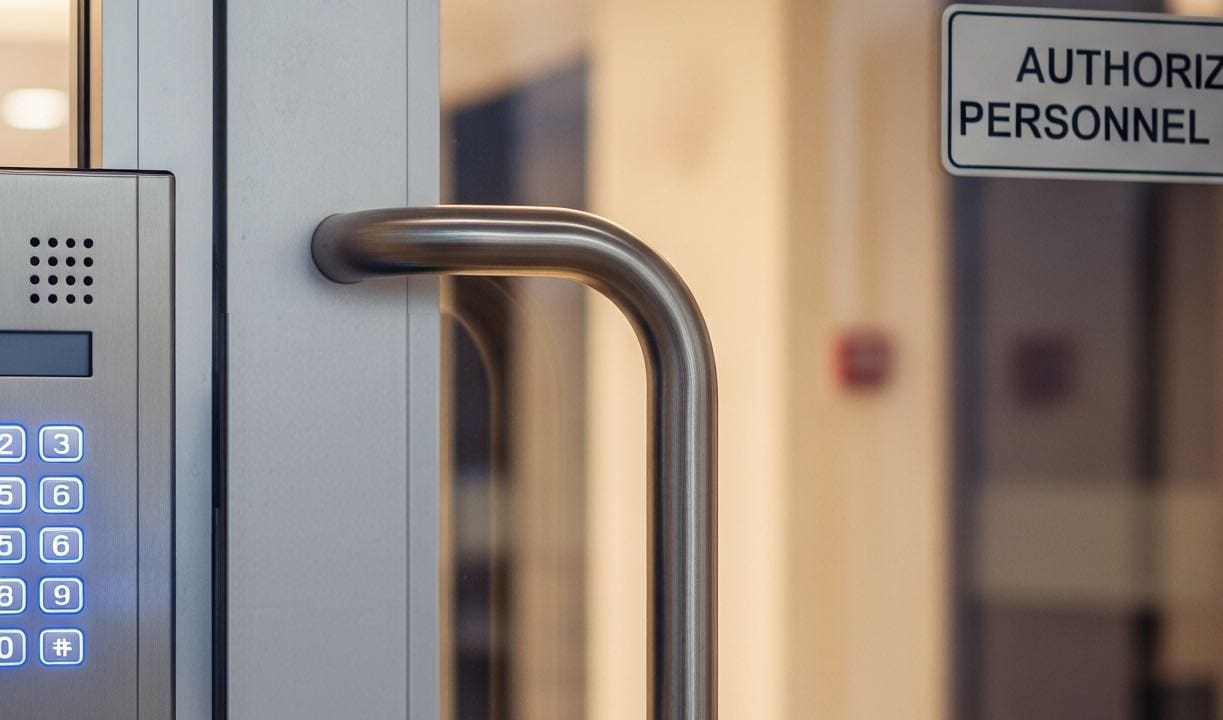Vendors, contractors, and service providers often become trusted partners in day-to-day operations. They may have long-standing relationships with your team, a proven track record, and a familiar presence in your facilities or systems. But that familiarity can mask the fact that vendors can pose significant security risks, sometimes equal to or greater than those posed by employees.
Why Vendors Can Slip Under the Radar
Organizations often apply strict vetting and monitoring to employees but are less rigorous with vendors once the initial contract is signed. Over time, vendor access and permissions may expand beyond what’s necessary, creating blind spots such as:
- Unmonitored system accounts created for vendor support or integration.
- Shared credentials used by multiple vendor employees over months or years.
- Physical access to secure areas without updated background checks.
- Outdated or unused permissions that remain active after a project ends.
The Comfort of Familiarity
When a vendor’s technicians, drivers, or consultants become part of the daily rhythm, it’s easy to assume their access is harmless. But familiarity can lead to complacency, where exceptions to policy are granted “just this once” and never rolled back.
Real-World Impact
Vendor risk isn’t hypothetical. High-profile breaches have occurred when a trusted outside company’s credentials were compromised, giving attackers a back door into sensitive systems. Even without malicious intent, a vendor’s internal security gaps can spill over into your environment.
Reducing Vendor-Related Security Gaps
To keep vendor relationships productive and safe:
- Apply the same access controls to vendors as employees including least-privilege principles.
- Regularly review vendor accounts to ensure they match current needs.
- Require security commitments in contracts and revisit them annually.
- Use unique credentials for each vendor representative, not shared logins.
- Include vendors in incident response planning so everyone knows the drill if a breach occurs.
Vendor Relationships Require Oversight
Trust doesn’t replace oversight. Maintaining clear boundaries and keeping vendor access in check protects both your organization and the vendor from avoidable risks.
If you’re facing challenges with vendor access or want to put proactive safeguards in place, Swailes offers the experience and discretion to help you move forward with confidence. Our team is ready to support you wherever you are in the process.

